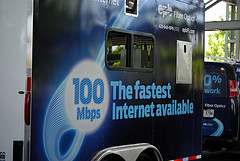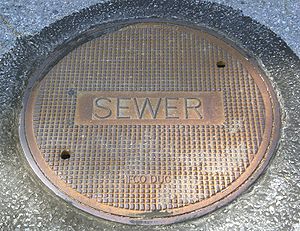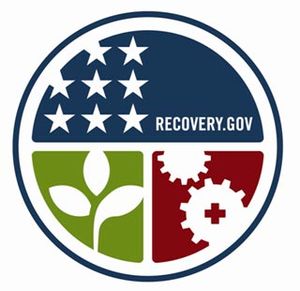By Craig Settles
Municipal broadband networks may the fastest way for smaller communities — and those in areas without much competition — to bring better broadband to their businesses and residents. These networks aren’t generally popular with incumbent communications providers, which have a history of suing to stop them. However, their tactics have changed.
In 2005, the main goal of large incumbent telcos and cable companies was to try for an outright ban on municipal networks. As the public vigorously fought back, incumbents switched to creative assaults on communities’ ability to find or use money to pay for networks. Eighteen states have restrictive muni network legislation (see map) that makes building a community-owned network impossible or difficult, especially when it comes to funding them.
Continue reading








